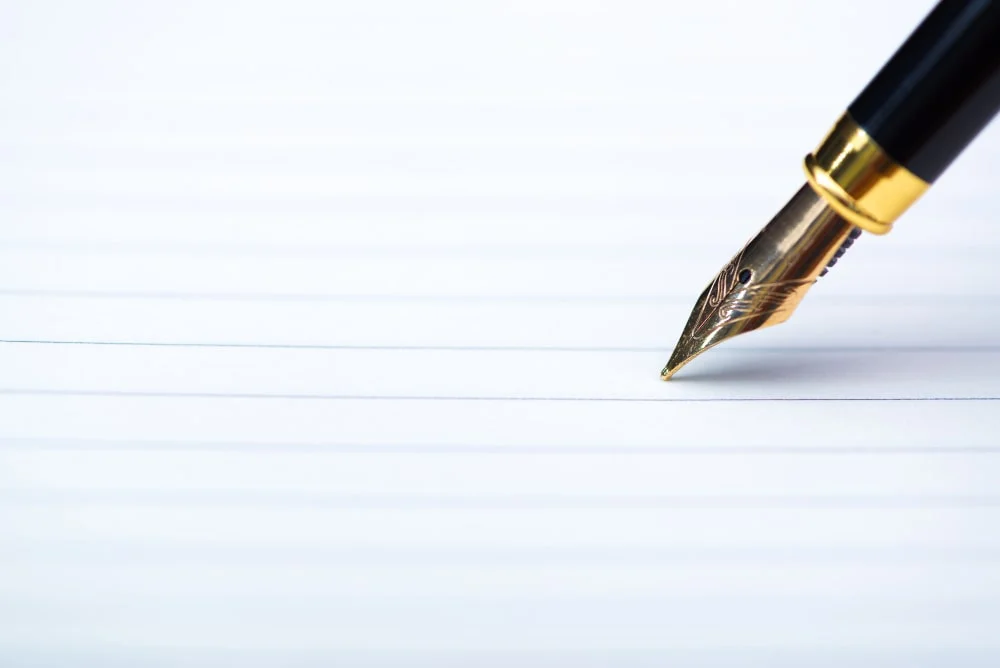Materials and Methods
The materials and methods section is a core component of any research report. This section of the report provides a detailed account of the procedure that was followed in completing the experiment(s) discussed in the report. Such an account is very important, not only so that the reader has a clear understanding of the experiment, but a well-written materials and methods section also serves as a set of instructions for anyone desiring to replicate the study in the future. Considering the importance of “reproducible results” in science, it is quite obvious why this second application is so crucial. For materials, include the exact technical specifications and quantities and source or methods of preparation. For methods, the usual order of presentation is chronological. This section must be brief but informative. Clearly explain how you carried out your study according to the following generalized structure:
Materials
- Describe materials separately only if the study is so complicated that it saves space this way.
- Include specialized chemicals, biological materials, and any equipment or supplies that are not commonly found in laboratories.
- Do not include commonly found supplies such as test tubes, pipet tips, beakers, etc., or standard lab equipment such as centrifuges, spectrophotometers, pipettes, etc.
- If the use of a specific type of equipment, a specific enzyme, or a culture from a particular supplier is critical to the success of the experiment, then it and the source should be singled out, otherwise no.
- Materials may be reported in a separate paragraph or else they may be identified along with your procedures.
- In biosciences we frequently work with solutions – refer to them by name and describe them completely, including concentrations of all reagents, and pH of aqueous solutions, solvent if non-aqueous.
- The idea is to include necessary elements and delete extra details.
Methods
- Report the methodology (not details of each procedure that employed the same methodology)
- Describe the methodology completely, including such specifics as temperatures, incubation times, etc.
- To be concise, present methods under headings devoted to specific procedures or groups of procedures
- Generalize-report how procedures were done, not how they were specifically performed on a particular day.
- If well-documented procedures were used, report the procedure by name, perhaps with reference, and that’s all.
Mistakes in Materials and Methods
- Not enough information:
Oddly, few people include too much information-nearly every author includes too little. - Background/Introduction material included
Sometimes an author will include background material or explanations of concepts in the Methods & Materials section. That material belongs in the introduction. In this section, the author should make no references to outside work, unless referencing a method or material. - Verbose descriptions
In the case of experimental setups, a diagram is worth a thousand words. Some authors describe elaborate lab setups with run-on sentences. The mind goes blank. Spare your readers. Include a diagram. - Results reported
Sometimes, authors get so carried away describing their experiments that they report results in this section. - Sources of error discussed
Discussion materials do not belong in the Methods & Materials section. The author should not discuss sources of error or possible causes for results – in fact, the author should not discuss results at all.
Some other points to consider when writing the materials and methods
- Don’t mix results with procedures
- Omit all explanatory information and background- save it for the discussion
- Don’t include information that is irrelevant to the reader, such as what color ice bucket you used, or which individual logged in the data
| Journal | Instruction | Submission |


